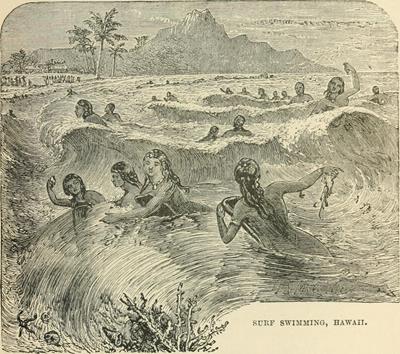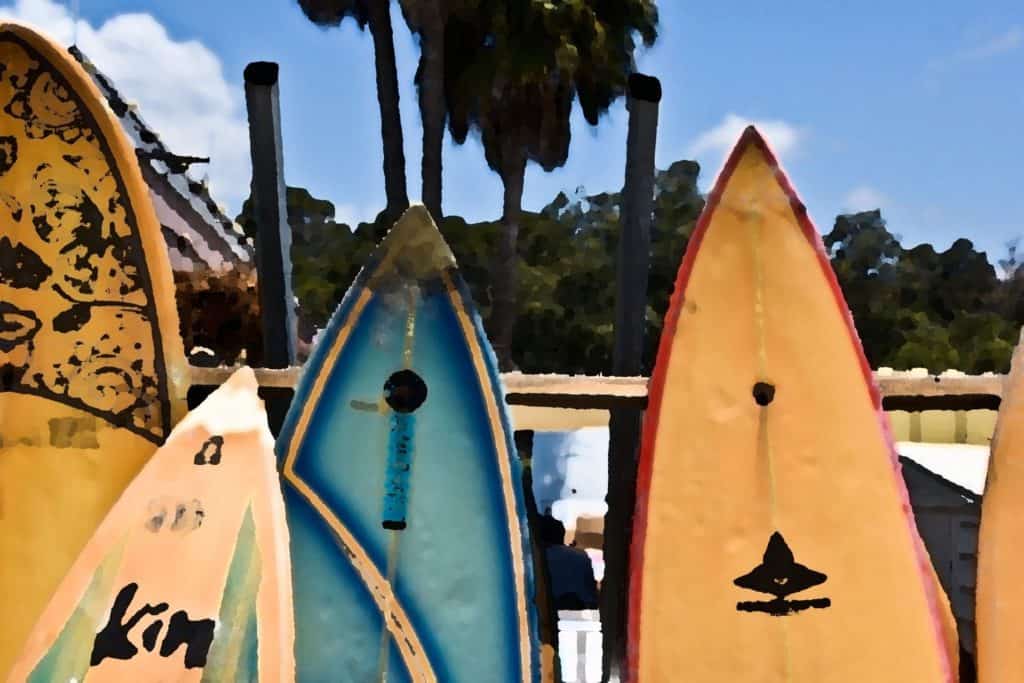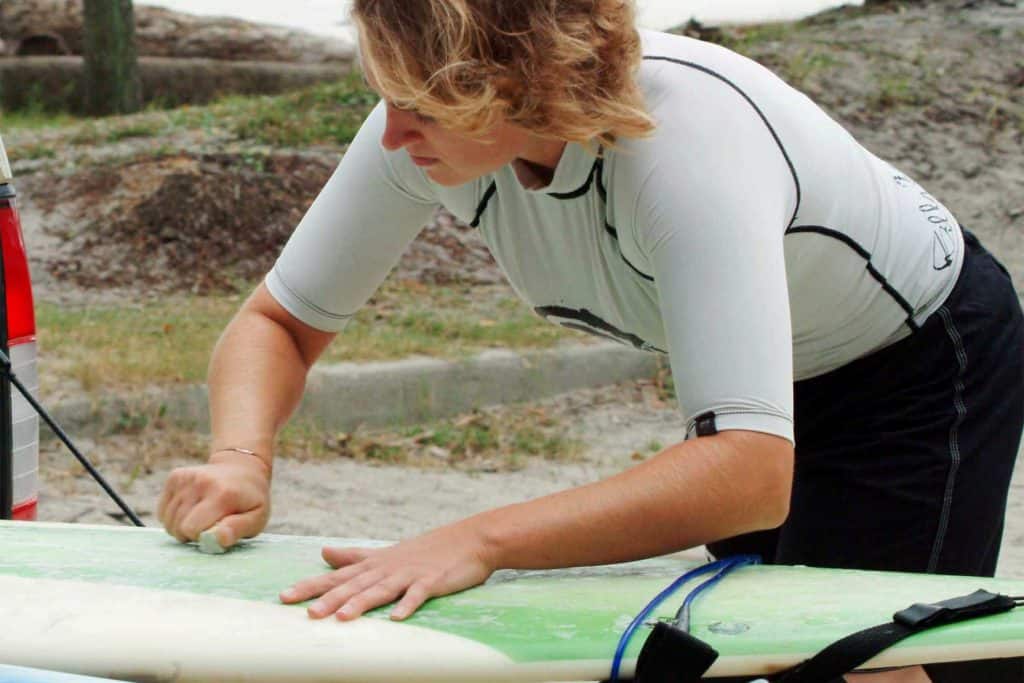The principal known events of surfing are associated with the old Hawaiian convention of “he’s Nalu”, signifying “wave-sliding.” For this old Hawaiian culture, the ocean had a connected persona, which could reflect feelings. A decent day of surfing required the best possible waves, and keeping in mind the end goal to persuade the ocean to give these waves, Ancient Hawaiians depended on Kahunas (clerics) to petition God for good surf.
Kahunas would participate in custom serenades and moves, with the expectation of satisfying the ocean to furnish the general population with surfable waves. Surfing was not only interest for the pioneers of old.
 Surfing and Hawaiian culture
Surfing and Hawaiian culture
This game filled in as a preparation practice intended to keep the chief in top physical condition. Besides, surfing filled in as an arrangement of compromise for conflicts. Individuals from the wealthy class would test their aptitudes in natural rivalries, amid which riches, pride, and even sentiment were at stake.
All this convention changed however upon the arrival of the white man, or what the Hawaiian’s would call ‘haole.’ The whole Hawaiian culture was disassembled by the entry of Captain Cook in the late Eighteenth Century. Expanding quantities of outsiders visited Hawaii in the wake of hearing records of Cook’s experiences. At first, these interlopers were travelers and merchants searching for the benefit, yet soon preachers and pioneers came, hoping to obliterate the Hawaiian culture and take the land for themselves.
Surfing in the States
It was not some time before surfing in America started to spread along the Californian drift. A few years after the fact in 1915, globally, Duke Kahanamoku (one of the best and most vital men in surf history!) had acquainted surfing with Australia, where it would get on extremely quickly. From this point onwards, numerous advances in innovation alongside the quickly developing across the board enthusiasm for surfing took the game further.
Evolution of Surfboards

The ‘thundering twenties’ were an important time for surfing. Advances in surfboard outline around the 1920’s were making the game unmistakably available to people in general. The first ever significant surf rivalry was in 1928. The creation of the car… utilizing autos, surfers could without much of a stretch wander along the Californian drift looking for the best waves.
This prompted the times of Surf Safaris, amid which the devoted surfers of California would spend whole ends of the week going here and there the drift, celebrating as hard as they surfed. The number of surfers was as yet not vast, as a result of the trouble of the game. The presentation of balances on surfboards made the game less demanding to learn, and because these balances empowered more intricate and energizing traps, the game immediately got a more extensive fan base.
Changes in materials
Changes during that time in the materials influenced surfboards, to have made surfboards dynamically lighter and simpler to move. At first, redwood was used and later balsa and compressed wood.
The innovative headways expedited by World War Two made new materials accessible, empowering the advanced Styrofoam and fiberglass sheets. Surfing nowadays is evolved and is technologically advanced, so surfing is way more fun at this age so people should try it at least once in life.
Surf camps and surf schools have become common nowadays, and they give surf lessons giving a wonderful start to the vacation you’re desperately looking for.


